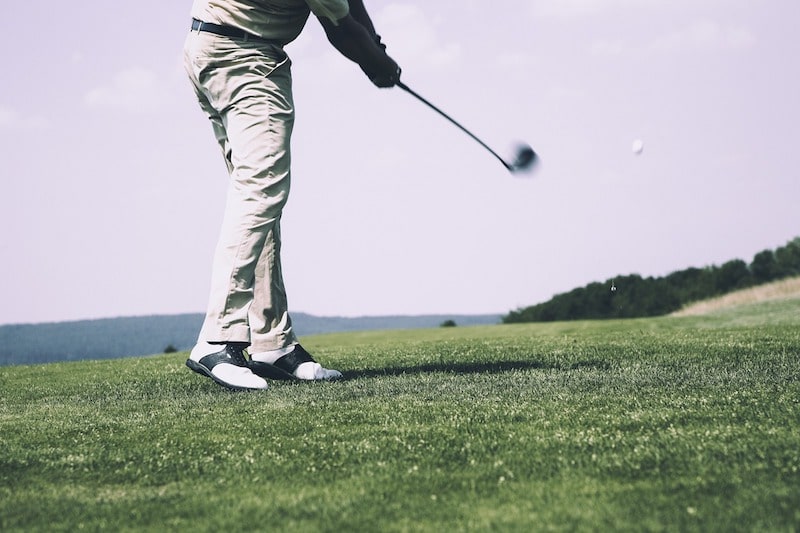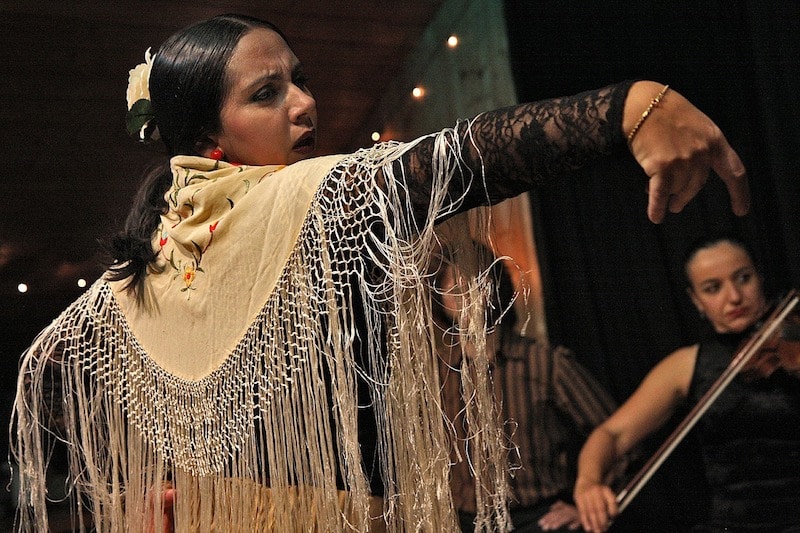The Role of Your Abdominals in Everyday Life

by Patrick Lui
Images of toned and chiselled stomachs are ubiquitous in the media nowadays. From movies and magazines to Instagram profiles, the legions of men and women displaying their ultra-defined midsections might well lead you to believe they are a necessary requirement for a full and happy life. But besides being de rigueur for superheroes, what functional benefit do strong and toned abdominals provide the rest of us mere mortals?
Under Your Skin

The job of muscles is to move bones.
Consisting of 4 overlapping muscular layers running in complementary directions, the design and location of your abs convey their importance.
1.Rectus Abdominis
The most superficial layer, the Rectus Abdominis, runs in a vertical line from the front of the pelvis up to the front of the ribs, and are well known as the “6-pack” muscle. It functions to bend the spine, whether to the front or the side, in actions like getting out of bed or fishing something out of the side pocket of your cargo pants.
2. External & Internal Obliques
Under the Rectus Abdominis runs the External Obliques, a layer running forward and downward in a diagonal reminiscent of the letter “V”. Beneath the Externals are the Internal Obliques, which run in a corresponding perpendicular diagonal, forward and upward, in a chevron shape. These complementary layers work to side bend, as well as twist your waist, in tasks as mundane as shoulder checking or as energizing as chopping wood.
3. Transversus Abdominis
The deepest layer is the Transversus Abdominis (TVA). It runs horizontally around the midsection and attaches from the thoracolumbar fascia in the lower back to the rectus sheath in the front. This deepest layer is involved in every action you perform, from breathing in meditation to kicking the winning goal. They have a precognitive aspect to them, firing to stabilize your lumbar spine before every movement you make.
4. Abdominal Wall
Occupying the space between the bottom of your ribs and the top of your pelvis, your abdominal wall surrounds your midsection like an old-fashioned corset. They are ideally positioned to support and protect your internal organs as well as give them a massage every time you breathe or move. All this leads to better digestion and promotes greater gut health. Acting together, they also compress our abdomens and perform such everyday actions as sneezing, laughing, urinating and defecating.
Together, the abdominals give the spine its characteristic freedom and resiliency.
Strong abdominals also serve to support and connect our spine, ribcage and pelvis, impacting every activity. With stronger abs, you’ll find you are able to lift heavier weights at the gym, swim farther and bike longer. Because of their central location, your abdominals are pivotal to coordinating movement between the opposing sides of your body, whether it be right to left, top to bottom, front to back or combinations of each. You’ll appreciate this every time you take a step and your arms and legs swing in opposing directions. Strong abs also influence your functionality in other ways.
Stronger Abs = Faster Times, Higher Kicks, Better Swings

With a strong central support, your shoulder and hip joints articulate more smoothly and your movements are freer. This goes a long way to helping athletes and dancers perform at their best, creating better force production and power. Freer hips and shoulders guarantee runners faster times, martial artists higher kicks and golfers better swings.
Even if you never dream of competing in the Olympics, a powerful core has far-reaching ramifications. In terms of your posture, these muscles directly support the weight of your upper body, serving to lift you up, both physically and emotionally. Robust abs also promote proper alignment — your bones stacking on top of one another like solid building blocks — stimulate bone density and help prevent osteoporosis. With the advent of Forward Head Posture from spending so much time on our devices, this strength is more relevant than ever. A supported spine can prevent lower back pain from ever developing and even reverse spinal maladies such as stenosis or herniated discs. Such improved posture leads directly to greater self-esteem and confidence, improving your overall mood. Conversely, weak abs which don’t support your body contribute to feelings of fatigue and depression.
So what ab exercises should you be doing?
Funnily enough, the best exercise you can do for your abdominals is something you’re already doing every day! Namely, deep breathing. The abdominals are crucial to every breath we take. When we inhale, the abdominals expand to contain the organs as they press out to accommodate the lowering of the diaphragm. And exhaling is the direct action of your Transversus squeezing your organs to lift your diaphragm back up. Considering we take somewhere around 20,000 breaths a day should be reason enough to keep our abs strong and up to this Herculean task.
The Bottom Line

Stronger abs are for everyone, from athletes to nurses to computer programmers and CEOs. Strong abs deliver safer, more efficient and freer movement. Besides leaving you feeling more positive about yourself, a strong midsection means you can tackle whatever life might throw at you, from dancing the night away, to picking up the kids toys off the floor, to ensuring you make it to the gas station when your car breaks down. Of course, a strong core isn’t just about being able to function properly; it’s about living your life to the fullest!
